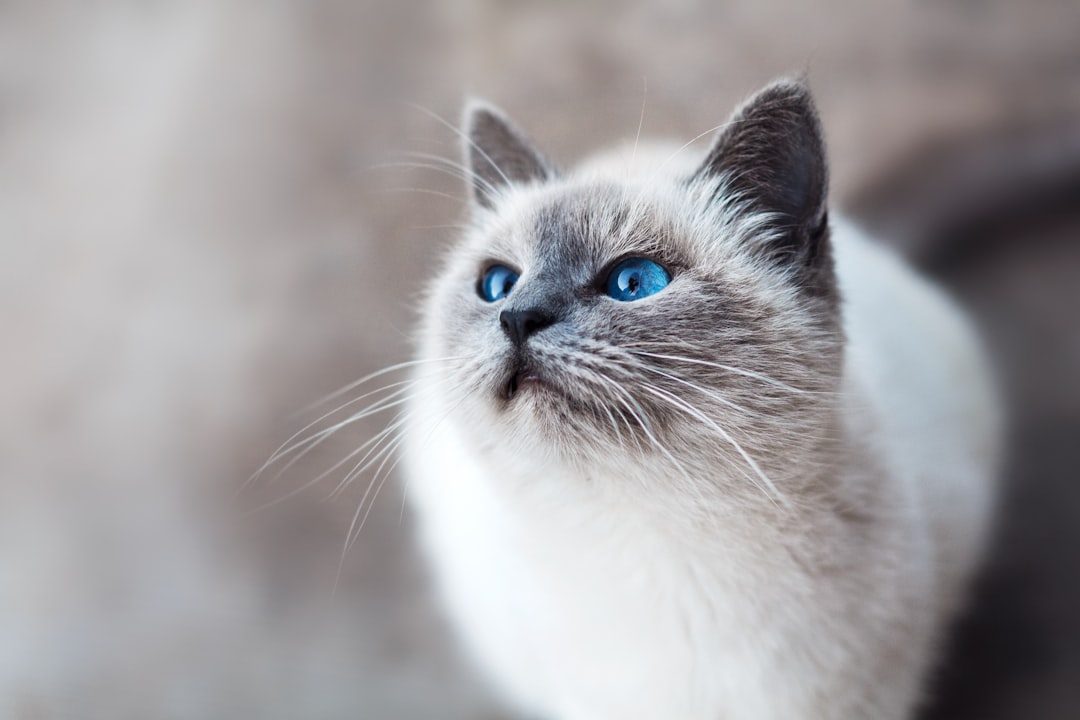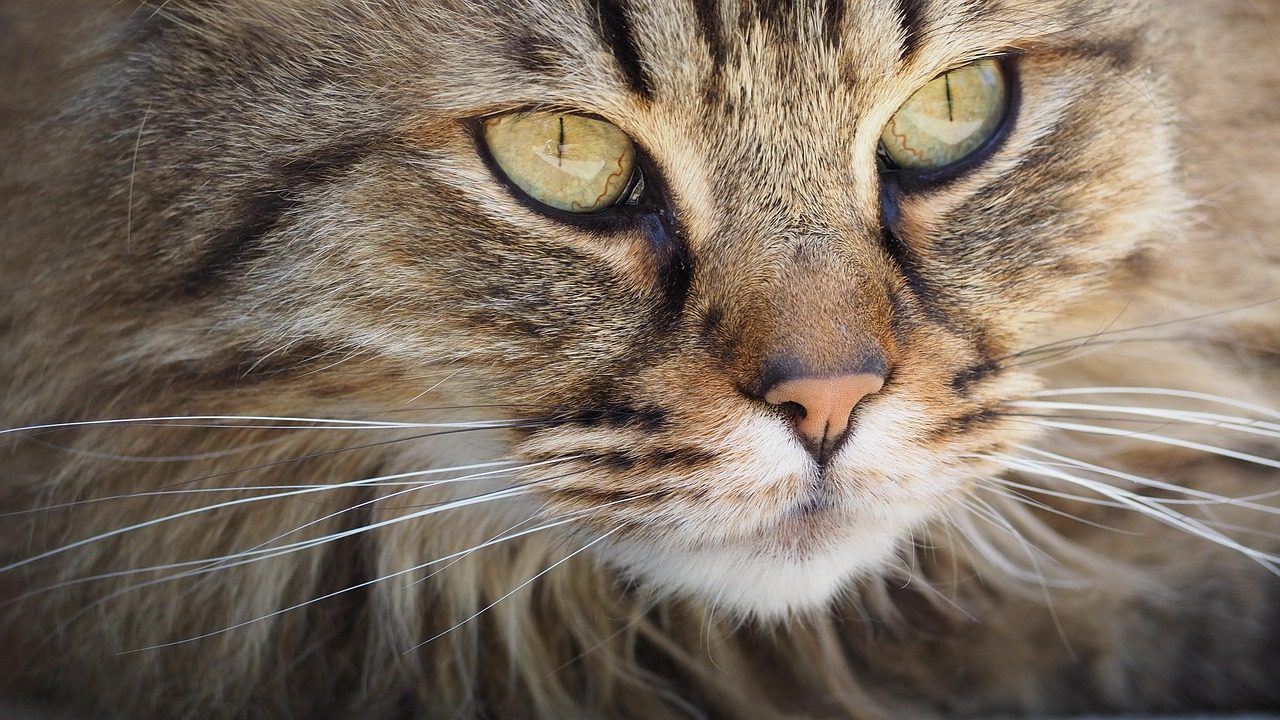Your cat stares intently at an empty corner. They bolt upright from sleep for no apparent reason. They seem to know you’re feeling sad before you even realize it yourself. These moments might feel mystical, yet they reveal the incredible reality of your feline companion’s sensory world.
While we humans navigate life with our basic five senses, cats possess sensory superpowers that make them living, breathing detection systems. Their evolution as hunters has gifted them with abilities that can seem almost supernatural when viewed through our limited human perspective. What you might interpret as strange behavior is often your cat’s sophisticated sensory equipment at work, picking up information that completely escapes our notice.
Let’s dive into the fascinating world of feline perception and discover just how remarkable truly are.
Your Cat Can Smell Stories You’ll Never Know

Your cat’s sense of smell is nine to sixteen times stronger than yours, with an estimated 45 to 200 million odor-sensitive cells compared to your 5-6 million. With almost 40 times more odour-sensitive cells than our human nose possesses, a cat’s sense of smell is a wonderfully intricate mechanism that some researchers even rank above that of our trusted canines.
From mother-offspring bonding to hunting, mating and exploring the surroundings, a cat’s sense of smell is their most reliable tool for picking up vital information. Think of your cat’s nose as a sophisticated chemical laboratory that can detect and analyze molecular information invisible to you. A cat’s sense of smell is their main way of identifying people. Your cat will recognize your smell before they recognize your face.
They Have a Secret Sixth Sense Organ Hidden in Their Mouth

Cats also have a scent organ in the roof of their mouths called the vomeronasal (or Jacobson’s) organ. When a cat wrinkles its muzzle, lowers its chin, and lets its tongue hang a bit, it is opening the passage to the vomeronasal. This bizarre facial expression, known as the flehmen response, might look comical but it’s actually your cat accessing a hidden sensory superpower.
Another enhancement of feline smelling sense is the vomeronasal (Jacobson’s) organ in the roof of their mouths. This serves as a second scent sensor and its main function is detection of non-volatile chemical cues. In order to pick up the scent, it has to be in direct physical contact with the source of odor. This remarkable organ essentially allows your cat to taste smells, creating a sensory experience that combines smell and taste in ways we can’t even imagine.
Your Cat’s Whiskers Are Sophisticated Radar Systems

A cat’s whiskers are more than twice as thick as ordinary cat hairs, and their roots are three times deeper in a cat’s tissue than other hairs. They have numerous nerve endings at their base, which give cats extraordinarily detailed information about nearby air movements and objects with which they make physical contact. Your cat’s whiskers aren’t just cute facial features, they’re precision instruments that would make any engineer jealous.
Whiskers are extensions of the cat’s skin and are designed to detect even the smallest changes in the environment, including air currents, air pressure, temperature and wind direction. They are embedded three times as deep as fur and translate the slightest contact to sensory cells at their roots. They help cats navigate at night by acting like radar. This skill is due to their highly sensitive whiskers, or vibrissae. The whiskers extend to the width of the cat’s body and allow them to gauge whether the body can squeeze through a narrow gap.
They Can Hear Conversations You Can’t Even Imagine

A cat’s cone-shaped ears work like a feline satellite dish helping them hear a wide range of frequencies. In fact, they can hear more frequencies than most mammals, including us humans. According to the Cornell University of Feline Health Center, cats can detect sounds with a frequency of 60,000 vibrations per second while we only hear up to 20,000 vibrations per second.
It’s believed they can hear frequencies around 64,000 Hz compared to humans at 20,000 Hz. Most cats are even more sensitive to these high-pitched sounds than dogs. Being able to hear high-pitched sounds is essential for hunting. Most of a cat’s prey, including mice and birds, make high-pitched noises. The cat’s outer ear is connected by 27 muscles. It can rotate 180 degrees to scan the environment or to direct attention to a particular sound.
Their Night Vision Makes Darkness Disappear

Cats have a tapetum lucidum, which is a reflective layer behind the retina that sends light that passes through the retina back into the eye. They also have a high number of rods in their retina that are sensitive to dim light. While these improve the ability to see in darkness and enable cats to see using roughly one-sixth the amount of light that humans need.
Compared to humans, cats have many more light-sensitive photoreceptors called rods. These special cells absorb light and give cats the ability to see six to eight times better than humans in dim light. The shape of their pupils and a reflective membrane called the tapetum lucidum also contribute to their super-powered night vision. Cats use their light-sensitive eyes to hunt and navigate at dawn and dusk.
However, Their middle vision, about 20 feet away, is their sweet spot where objects are the clearest and in focus. This means while your cat excels in low light, their daytime distance vision isn’t quite as sharp as yours.
Your Cat May Have an Internal GPS System

It has been discovered that cats, as well as a variety of other species including humans, possess an extraordinary sensitivity to the earth’s magnetic field. This sensitivity enables them (and us) to find the way home without visual clues. Some researchers believe cats may be able to detect the Earth’s geomagnetic fields, using them as a sort of internal compass. This is a fascinating theory that is still being researched, but it could explain how a cat can find its way home even in unfamiliar territory where scent and visual cues are absent.
While some anecdotal studies have suggested cats might use magnetic fields for navigation, rigorous scientific evidence for this ability remains limited and requires further research. Research in this field has shown that cats often exhibit behaviors like aligning their bodies along the north-south axis when resting or sleeping. This peculiar behavior is thought to be a way for cats to align themselves with the Earth’s magnetic field, potentially aiding in their internal sense of direction.
They Detect Your Emotions Before You Feel Them

A cat’s sixth sense is also believed to give them ability to pick up on when their owner is sad, sick or distressed, leading the cat to behave strangely. In many cases, owners have reported their feline friends displaying abnormal behaviors with the supposed intent of providing them comfort, warmth and joy. Our body chemistry changes slightly when we come down with an illness or go through changes like pregnancy, producing different-smelling chemical odors. It’s possible that pets can smell these changes, causing them to behave differently.
The bond between you and your cat might also explain parts of their intuition, especially when it comes to their ability to pick up on moods and illness. Cats who are close with their owners are more likely to know their routines, habits and body language. This ability to understand how you are feeling and know when things deviate from the norm might appear like amazing intuition or a sixth sense. For instance, a cat might appear to sense your emotions by picking up on subtle changes in your body language, posture, or even scent.
Your cat’s remarkable sensory abilities transform them into living, breathing detection systems that make our human senses seem almost primitive by comparison. From their molecular-level smell detection to their magnetic field navigation, cats experience a rich sensory world that we’re only beginning to understand. The next time your cat stares at something invisible or seems to know exactly how you’re feeling, remember that they’re not being mysterious for the sake of it. They’re simply using their extraordinary sensory gifts to navigate a world far more complex and detailed than we could ever imagine. What do you think about your cat’s hidden superpowers? Tell us in the comments.





